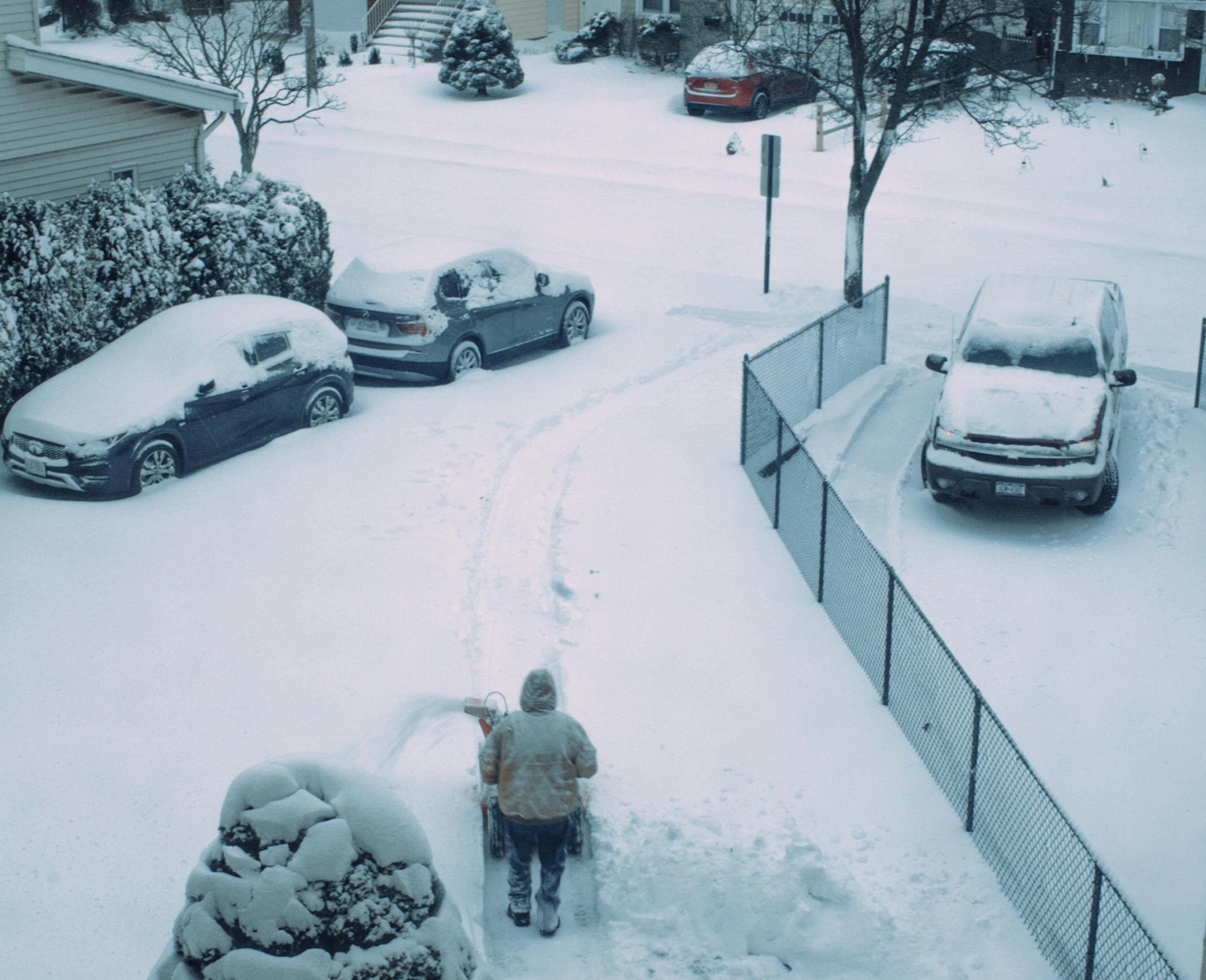Winter storms can bring treacherous conditions, including heavy snow, icy roads, power outages, and dangerously cold temperatures. Preparing your home and vehicle for winter weather isn’t just a good idea; it can be a lifesaving measure. This comprehensive survival guide will help you take the necessary steps to ensure your family and belongings are protected when winter storms strike.
Why Winter Storm Preparedness Matters
Winter storms can arrive with little warning, leaving those unprepared scrambling to manage the consequences. A lack of preparation can lead to health risks such as hypothermia or frostbite, property damage from frozen pipes or roof collapses, and dangerous driving conditions. By preparing in advance, you can mitigate risks and ensure you’re ready to weather the storm.
If you’re new to emergency planning, check out our Emergency Preparedness 101: A Beginner’s Guide for foundational tips.
Preparing Your Home for Winter Storms
A well-prepared home is your sanctuary during extreme winter weather. Focus on insulation, emergency supplies, and maintaining critical systems.
1. Inspect and Insulate
- Seal Drafts: Inspect windows and doors for gaps. Use weatherstripping, caulk, or draft stoppers to prevent cold air from seeping in.
- Insulate Pipes: Wrap exposed pipes with foam insulation or heat tape to prevent freezing. Pay special attention to pipes in unheated areas like basements or attics.
- Attic Insulation: Proper attic insulation prevents heat loss and reduces the risk of ice dams forming on your roof.
2. Emergency Power Supply
- Backup Generator: Invest in a portable generator to keep essential appliances running during power outages. Make sure it’s installed safely outdoors to avoid carbon monoxide poisoning.
- Battery Backups: Keep flashlights, lanterns, and portable chargers ready. Stock up on extra batteries.
3. Heating Systems
- Furnace Maintenance: Schedule a furnace inspection and replace filters to ensure efficiency.
- Fireplaces and Wood Stoves: Clean chimneys and stock up on firewood. Ensure proper ventilation to prevent smoke buildup.
- Space Heaters: Use energy-efficient space heaters safely. Keep them away from flammable materials and never leave them unattended.
4. Emergency Supplies
Create an emergency kit with the following essentials:
- Food and Water: Store at least three days’ worth of non-perishable food and one gallon of water per person per day.
- Lighting: Flashlights, candles, and headlamps.
- Warmth: Blankets, sleeping bags, and extra clothing layers.
- Medical Kit: Include bandages, pain relievers, prescription medications, and a first-aid manual.
- Communication: A battery-powered or hand-crank radio to stay informed.
5. Snow and Ice Management
- Snow Removal Tools: Keep shovels, snow blowers, and ice scrapers handy. Consider investing in a roof rake to clear snow and prevent ice dams.
- Ice Melt: Stock up on salt, sand, or pet-safe ice melt for walkways and driveways.
Winterizing Your Vehicle
Your vehicle can become a critical resource during winter storms, whether for commuting or emergencies. Proper preparation ensures it remains reliable and safe.
1. Winter Maintenance
- Tires: Install winter tires with adequate tread for improved traction on snow and ice.
- Fluids: Check and top off essential fluids, including antifreeze, oil, windshield washer fluid, and brake fluid. Use a winter-grade windshield washer fluid that won’t freeze.
- Battery: Test your car battery, as cold weather can reduce its efficiency.
- Wipers: Replace worn-out wiper blades and consider winter-specific blades for better performance.
2. Emergency Vehicle Kit
Prepare a kit for your vehicle with the following items:
- Warm Clothing: Hats, gloves, scarves, and thermal blankets.
- Non-Perishable Snacks and Water: Keep high-energy snacks like granola bars and bottled water in your car.
- Tools: Include jumper cables, a tire repair kit, a portable air compressor, and basic tools.
- Traction Aids: Sand, kitty litter, or traction mats can help free your car from snow or ice.
- Lighting and Signaling: A flashlight, reflective vest, and road flares.
- Shovel: A compact, foldable shovel for digging out of snowbanks.
3. Gas Tank Management
Keep your gas tank at least half full to prevent fuel lines from freezing and ensure you have enough fuel if you get stranded.
Staying Safe During a Winter Storm
Preparation extends to how you conduct yourself during a winter storm. Knowing what to do can keep you safe and comfortable.
1. Monitor Weather Reports
Stay updated on the latest weather forecasts and alerts via radio, smartphone apps, or NOAA weather updates.
2. Stay Indoors
Avoid unnecessary travel during a storm. If you must go outside, dress warmly in layers and cover exposed skin to prevent frostbite.
3. Safe Heating Practices
- Keep heaters and fireplaces ventilated.
- Never use a gas oven or stovetop for heating.
- Avoid carbon monoxide poisoning by operating generators outdoors and never running your car in an enclosed space.
4. Avoid Overexertion
Shoveling snow can be physically taxing, especially for those with underlying health conditions. Take frequent breaks and avoid overexertion.
5. Driving Precautions
If travel is unavoidable:
- Drive slowly and increase following distances.
- Keep headlights on for visibility.
- Avoid sudden braking or acceleration, which can cause skidding.
- If stranded, stay with your vehicle and use a reflective vest or road flares to signal for help.
For more detailed guidance on winter storm safety, visit the National Weather Service Winter Safety page.
Recovering After the Storm
Once the storm has passed, focus on safely returning to normalcy.
1. Inspect Your Home
- Check for damage to your roof, gutters, and siding.
- Inspect pipes for cracks or leaks caused by freezing.
- Clear snow and ice from walkways and driveways.
2. Restock Supplies
Replenish any emergency supplies used during the storm to stay prepared for the next one.
3. Vehicle Maintenance
Inspect your vehicle for any damage caused by cold weather or snow, and ensure fluids are topped off.
4. Community Support
Check on neighbors, especially the elderly or those with limited mobility, to see if they need assistance.
Conclusion
Winter storms can be unpredictable and dangerous, but with the right preparation, you can protect yourself, your family, and your property. By taking proactive steps to winterize your home and vehicle, assembling emergency kits, and staying informed, you can face winter storms with confidence.
Don’t wait until the snow starts falling—start preparing today. Share this guide with friends and family to help them stay safe this winter. When it comes to surviving winter storms, preparation is the best defense.
Stay safe, stay warm, and be ready for whatever winter throws your way!
Want to be fully prepared this winter? Download our Essential Winter Emergency Kit Checklist to make sure you’re ready for anything!




Leave a Reply